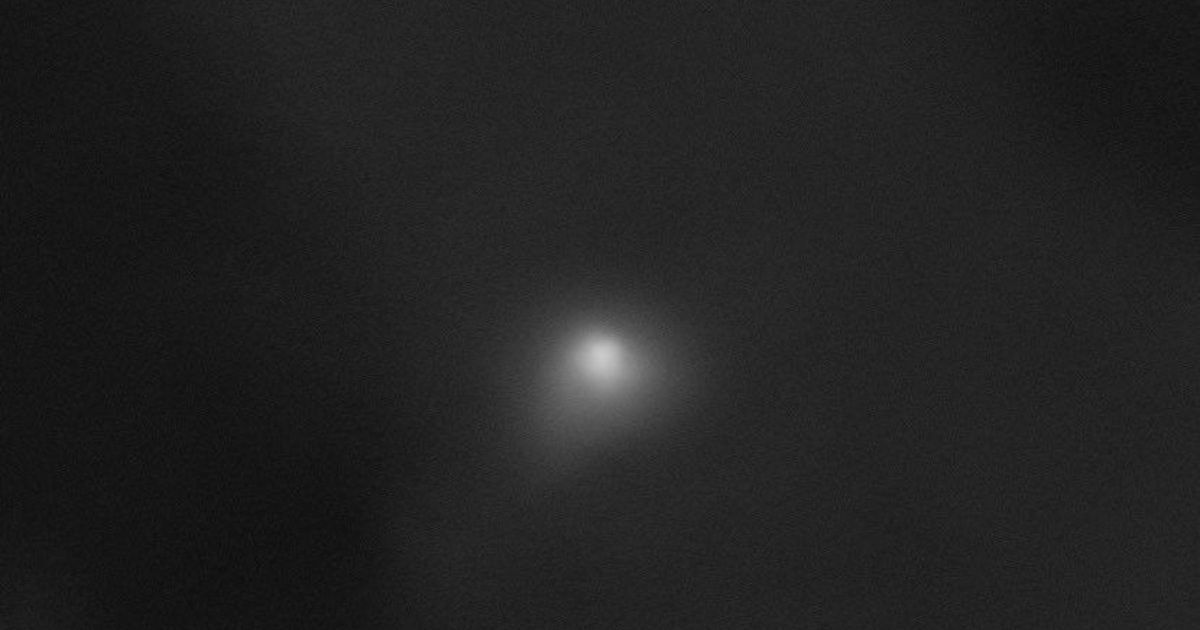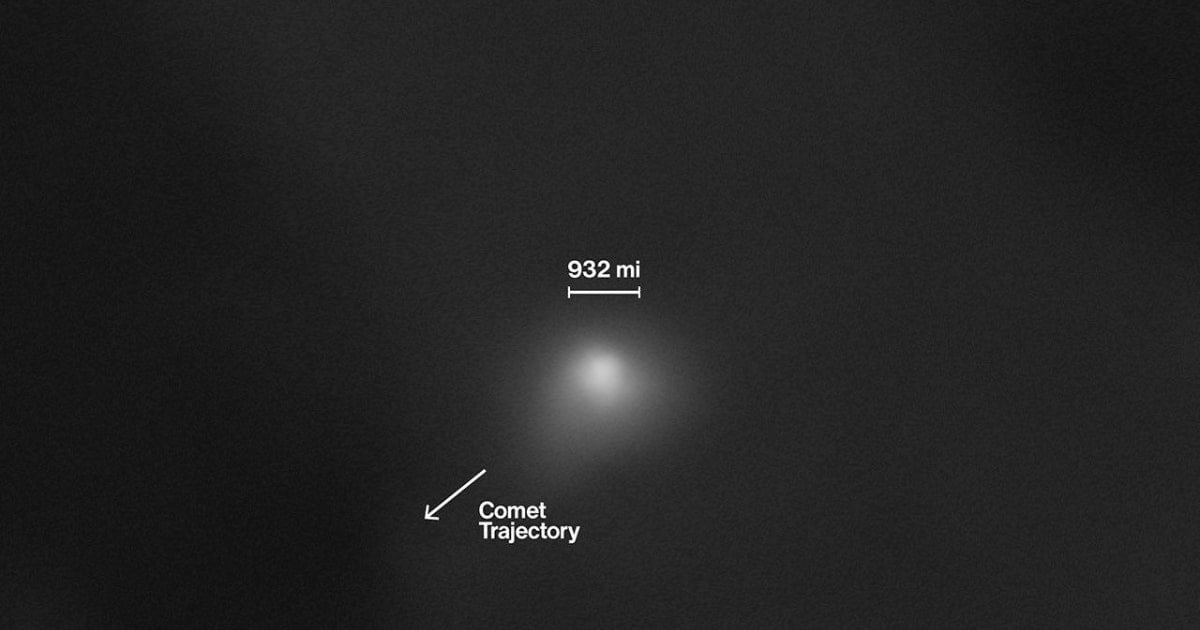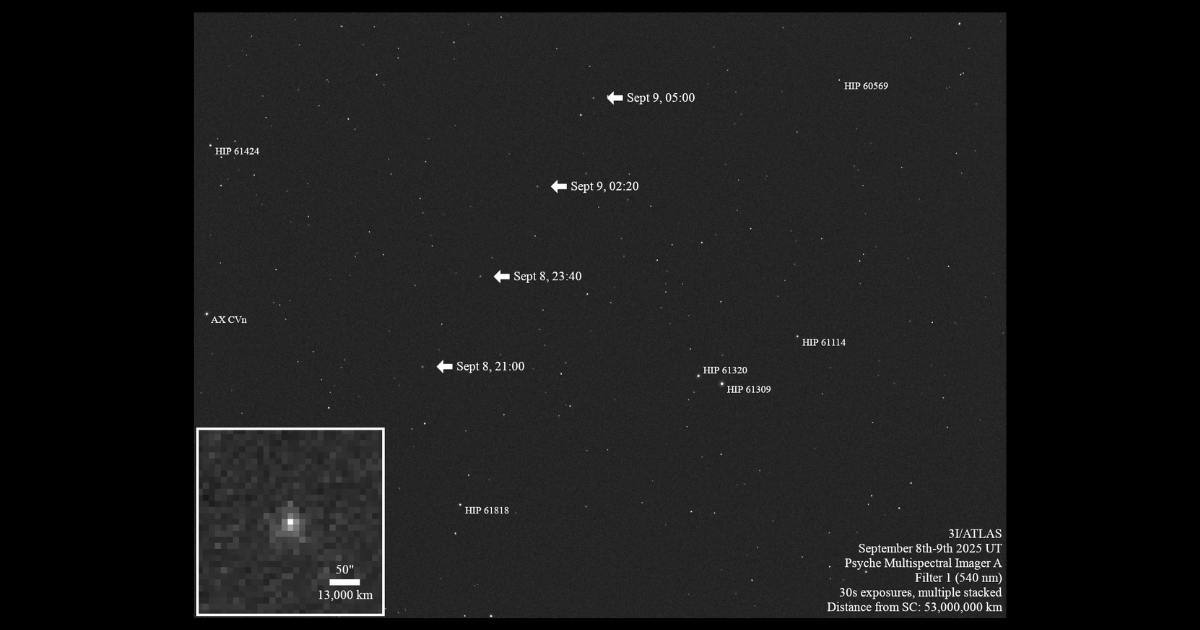NASA releases exclusive images of 3I/ATLAS, offering stunning insights into the interstellar comet

Exclusive images of 3I/ATLAS are out, and NASA did not disappoint. As promised, the images released were captured from multiple vantage points at different junctures of the comet’s journey, and are set to offer incredible insights into how the interstellar visitor differs from the comets originating in our solar system. Let’s take a look.
The Mars Reconnaissance Orbiter got really close
While the primary objective of the HiRISE camera onboard the Mars Reconnaissance Orbiter is to study the Martian surface, the MRO can also rotate to turn its attention to celestial objects. And that’s exactly what it did, per NASA, as it captured the closest image of 3I/ATLAS as the comet passed within 19 million miles of the Red Planet. At a scale of around 19 miles per pixel, the coma of 3I/ATLAS looks like a white pixelated ball in the HiRISE imagery.

As Harvard astronomer Avi Loeb anticipated, NASA claims that examination of the HiRISE imagery could prove to be crucial in estimating the size of the nucleus. The agency even went so far as to say that further study may also reveal the size and color of particles in the coma.

What the MAVEN saw
More information about the comet can be obtained by studying the images from the MAVEN (Mars Atmosphere and Volatile Evolution) orbiter, which employed two unique methods with its Imaging Ultraviolet Spectrograph (IUVS) camera to capture the object. Akin to using various filters on a camera, IUVS snapped images of 3I/ATLAS in multiple wavelengths before moving on to take high-res UV images to identify the hydrogen being emitted from 3I/ATLAS.

An examination of a combination of these images can yield a better understanding of the comet’s composition. Not to mention, the data from the IUVS could also help figure out the estimated upper limit of the ratio of deuterium in the comet to regular hydrogen, which in turn could offer insights into the comet’s origin and evolution.
Perseverance had limited success
The Perseverance rover was also able to steal a glimpse of 3I/ATLAS. The comet, however, appeared only as a faint smudge as unlike other telescopes that track moving objects, Mastcam-Z onboard the rover stays fixed in place during long exposures.

When 3I/ATLAS flew near the Sun
Observations from Earth-based telescopes were impossible when 3I/ATLAS went behind our Sun. That was when NASA’s heliophysics missions had us covered. STEREO (Solar Terrestrial Relations Observatory) took images of the object between September 11 to October 2, according to NASA. The agency's PUNCH (Polarimeter to Unify the Corona and Heliosphere) captured the tail during its observation between September 20 to October 3, while SOHO (Solar and Heliospheric Observatory), a NASA-ESA joint mission, had its eyes on the comet from October 15 to 26.

Lucy and Psyche also tracked 3I/ATLAS
Before 3I/ATLAS flew past Mars, the Lucy and Psyche spacecraft, currently on their way to study asteroid targets, were able to track the interstellar comet. Psyche, about 33 million miles away from the comet, made four observations over eight hours on September 8 and 9. Meanwhile, on September 16, Lucy captured a series of images from a distance of 240 million miles. Lead scientist for solar system small bodies at NASA, Tom Statler, told CNN that combining the data from Psyche and Lucy with that from Earth-based telescopes can offer insight into the three-dimensional structure of the comet and the nature of the dust coming off it due to the Sun’s heat.

When the comet nears the orbit of Jupiter in the spring of 2026, NASA’s Europa Clipper and the ESA’s Juice (Jupiter Icy Moons Explorer) will also try to catch glimpses of it. 3I/ATLAS will make its closest approach to Earth on Friday, December 19, at a distance of 170 million miles.
More on Starlust
'Other' comet ATLAS caught breaking apart ahead of its upcoming Earth fly-by









